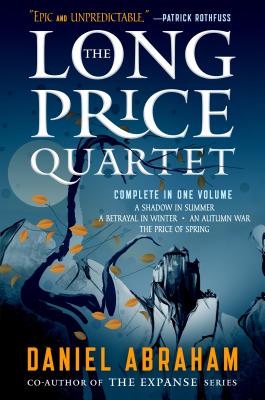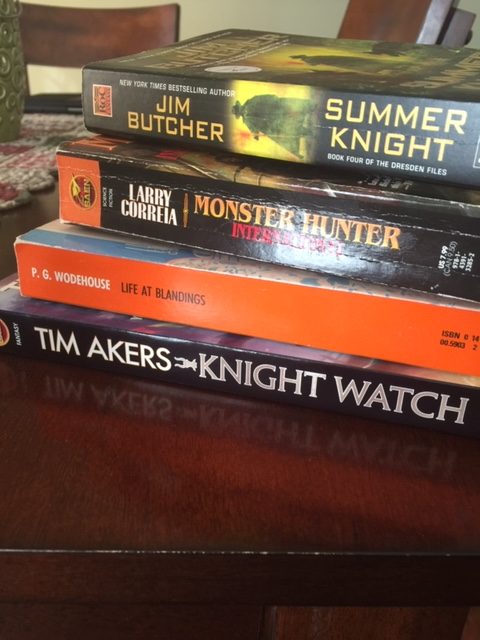Indie, Trad, and the future of Publishing
Last weekend, I was adjacent to a conversation between a couple of indie and trad publishers, and it got me to thinking about the future of publishing. I’d like to unpack some of this for you, with the intention of sparking a discussion about what comes next for publishers, writers, and readers.
The core of the conversation was this: the indie author had recently released a book through a trad publisher. There are a number of reasons an indie writer might want to do this. The writer in question had a successful indie career, and I won’t speculate on their personal reasons. The point is that the launch kind of flopped. They attributed the failure, at least in part, to price point. A number of their fans reached out to say that they would have purchased the book, but it was just too expensive. They usually put their titles up for $4 or less, and the kindle of the trad book was $9, with the paperback retailing at $17. How could their fans be expected to pay two to four times as much for what was theoretically a book of equal quality?
There are a lot of things you can take away from this, but the one I want to focus on is how different trad and indie are in terms of expectations. Because of the infrastructure involved in traditional publishing, they have to sell at a higher price point. There’s no math that can change that. Printing, distribution, salaries for editors, artists, marketing teams, etc, et al take up space in the budget. The margins are thinner, the costs higher, and therefore the expectations for final price have to reflect that reality. Sure, if you have a popular product and can massively increase your print run, you can lower the final price. That’s what you see in a lot of YA hardcover books, especially in the fantasy space.
Ultimately, it means that traditional publishers are selling a different product than independent publishers and writers. Whatever else is involved, they have to present a book to potential readers that is somehow worth three to four times as much as other available books. Since art is subjective, it’s hard to say that it’s the writing that makes the difference, especially since I’ve read and enjoyed a lot of indie novels and found them just as good as a lot of traditionally published books. So what’s the key?
Let’s talk briefly about the changes at B&N, because one of the ways traditional publishers were able to elevate their books over the crowd was through distribution. Once upon a time, having a book come out from a trad publisher guaranteed one or two copies in every B&N in the US, which would lead to a certain number of sales simply through browsing and discovery. We really saw proof of this during the pandemic, when everyone’s sales numbers cratered while bookstores were closed.
Times have changed. B&N strongly restricts which books it selects, taking only one or two titles from publishers each month and leaving the rest of the selection up to local managers. While that’s great for readers (local booksellers know local tastes), bookstores (they’re not saddled with corporate selections that don’t sell), and B&N overall, it’s pretty terrible for traditional publishers and authors. I’m okay with it, because the alternative was B&N eventually going into bankruptcy, and the industry needs national book chains to thrive. But it’s left a lot of us in the lurch.
Combine these two facts and you’ll see a common theme. Publishers need to sell books that justify their price point, and bookstores are only stocking books they know will sell. Aside from direct sales and local heroes, it’s my belief that publishers are going to have to start trimming their release schedules to match this new reality. More authors are going to have to go indie or hybrid to maintain their careers. There will be less thematic diversity on shelves, and more bestsellers.
It’s a tough time to be writing. But it always has been. The reasons keep changing, that’s all.

